22 Free Chibi transparent PNG images
Discover our delightful collection of 22 free AI-generated Chibi images, featuring an adorable array of stock photos, 3D objects, vectors, and illustrations. Each image captures the essence of this beloved Japanese art style, characterized by cute, super-deformed characters with exaggerated features. Download these high-resolution images for free, or use our 'open in editor' feature to customize the prompts and create your perfect Chibi masterpiece.
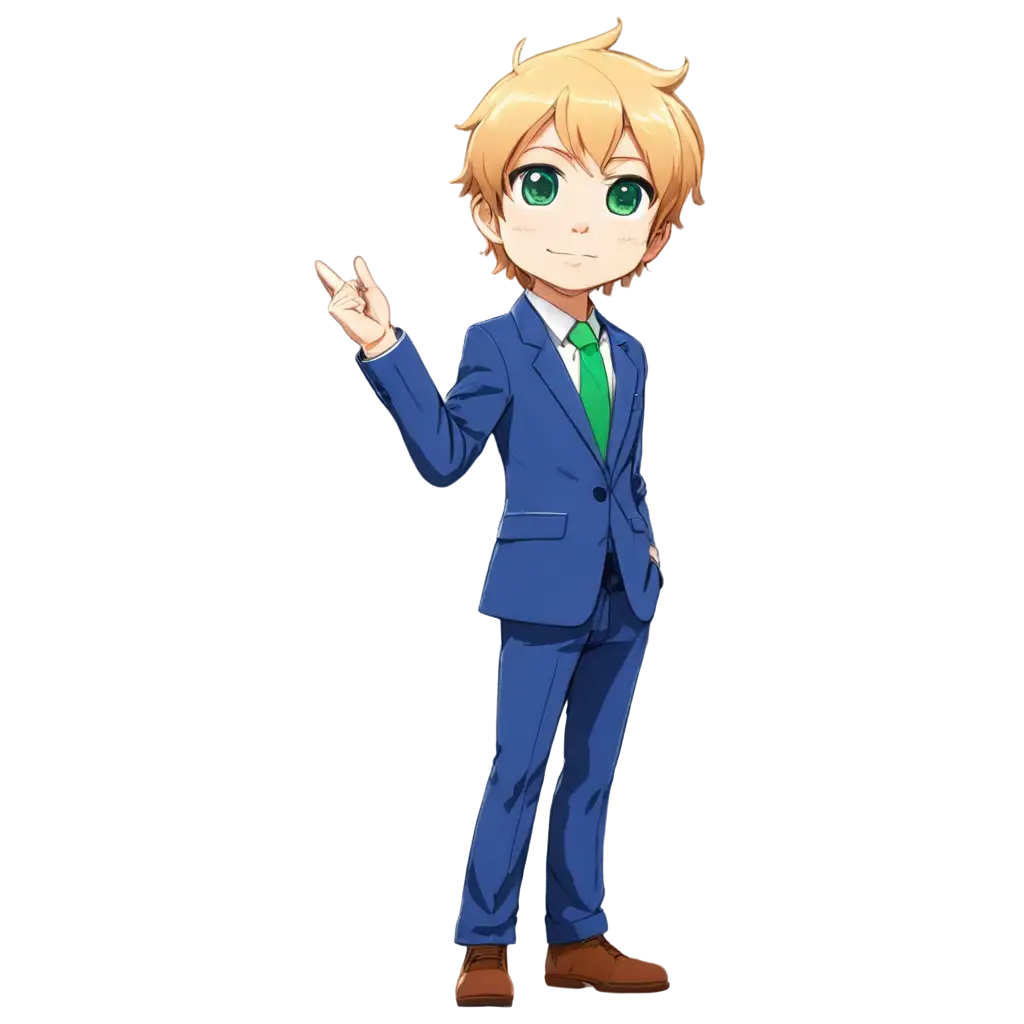
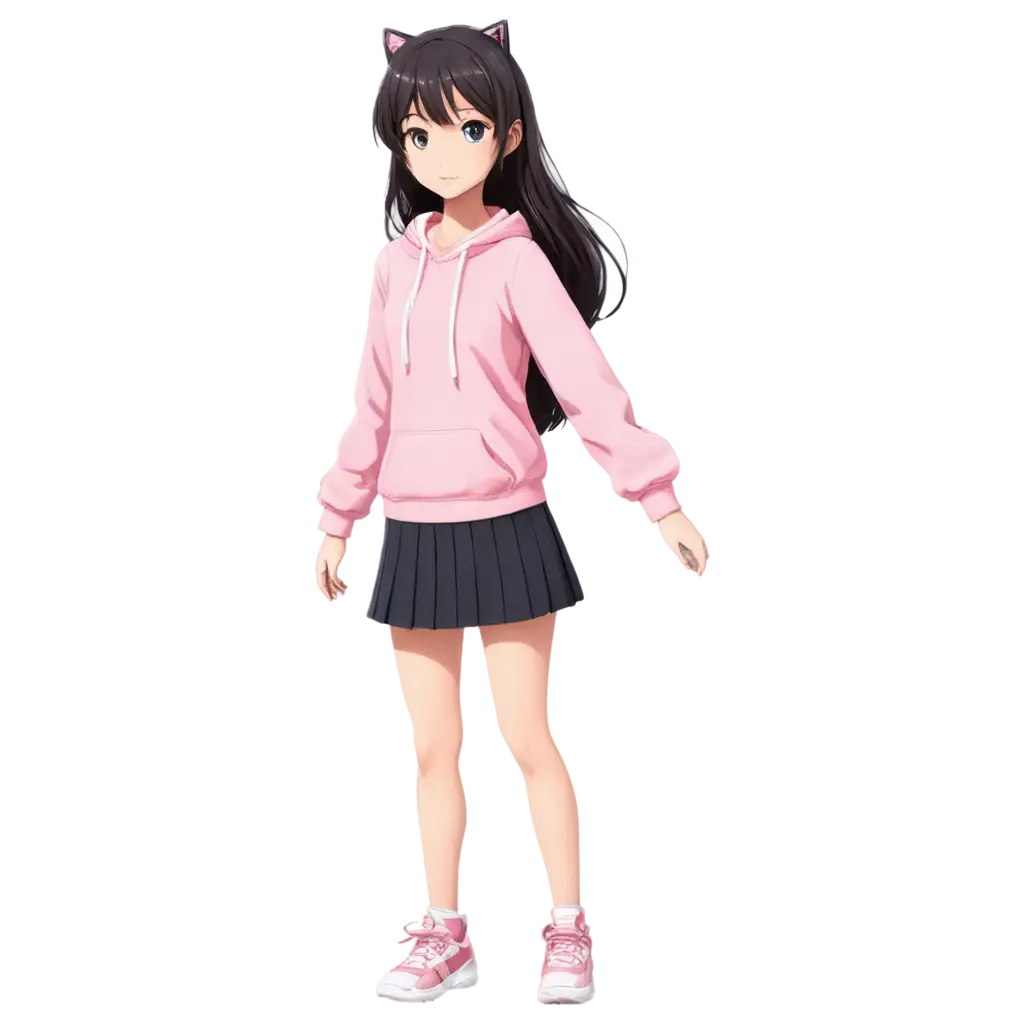
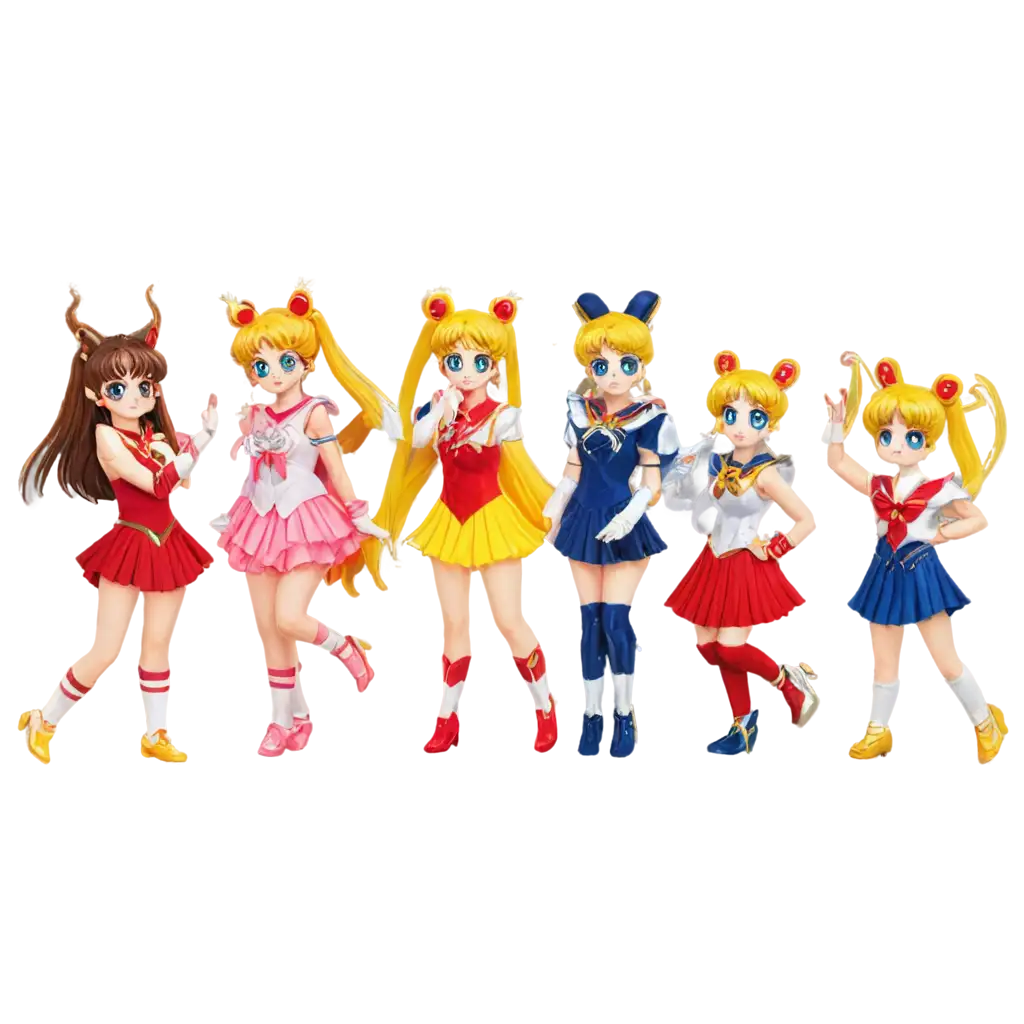
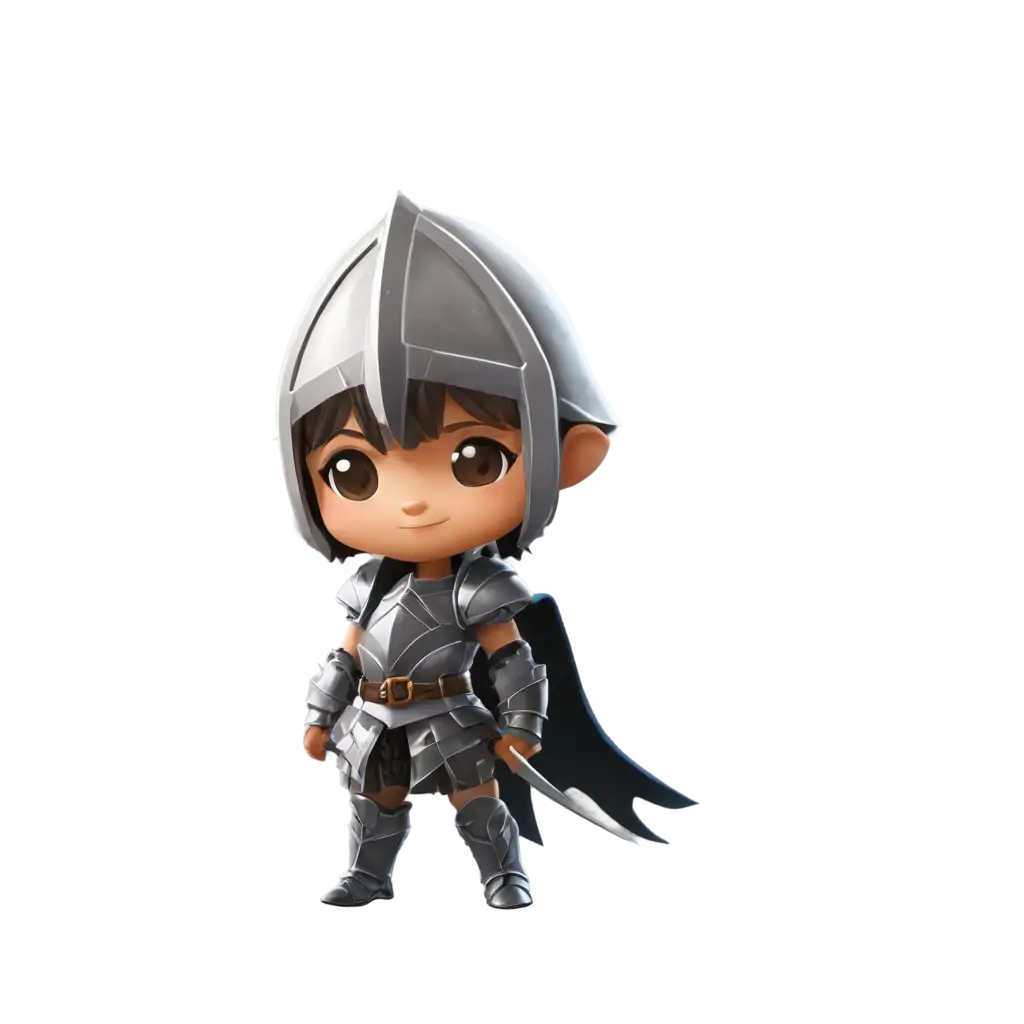
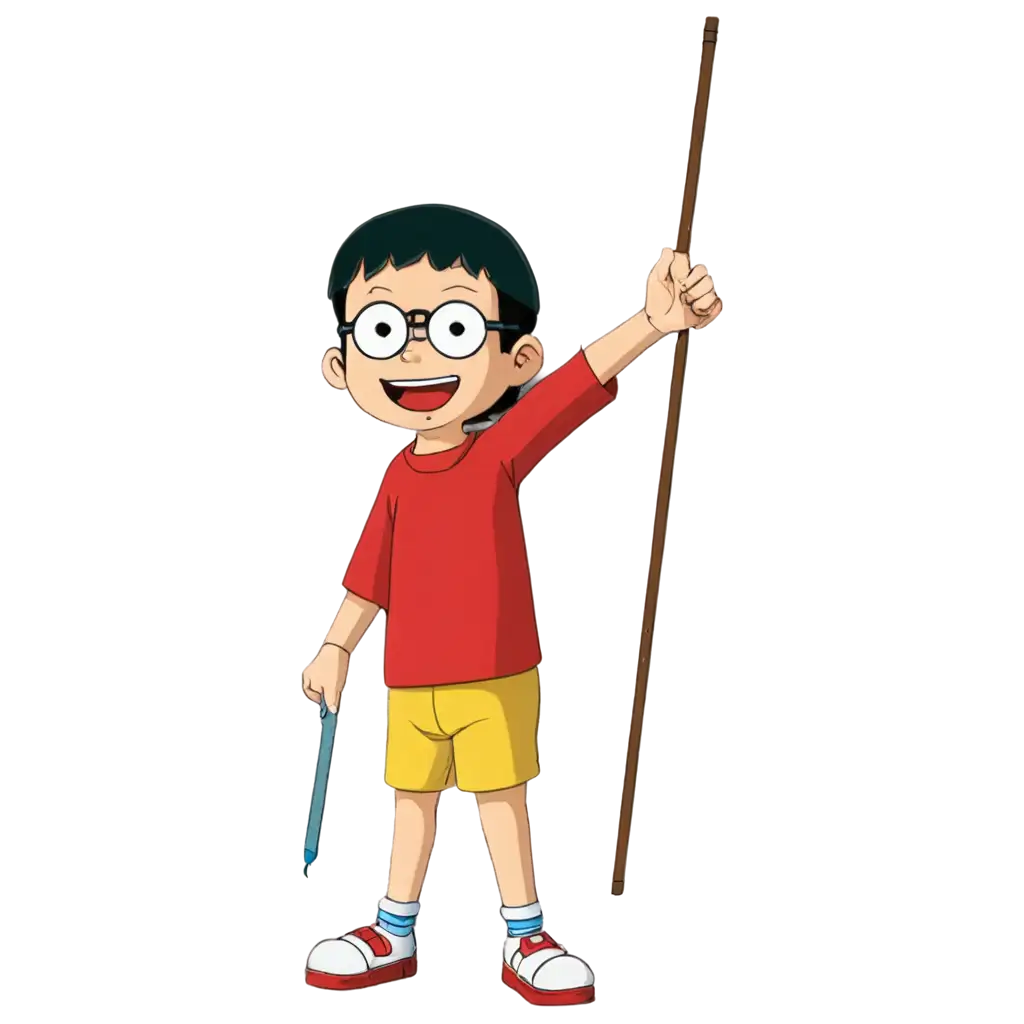
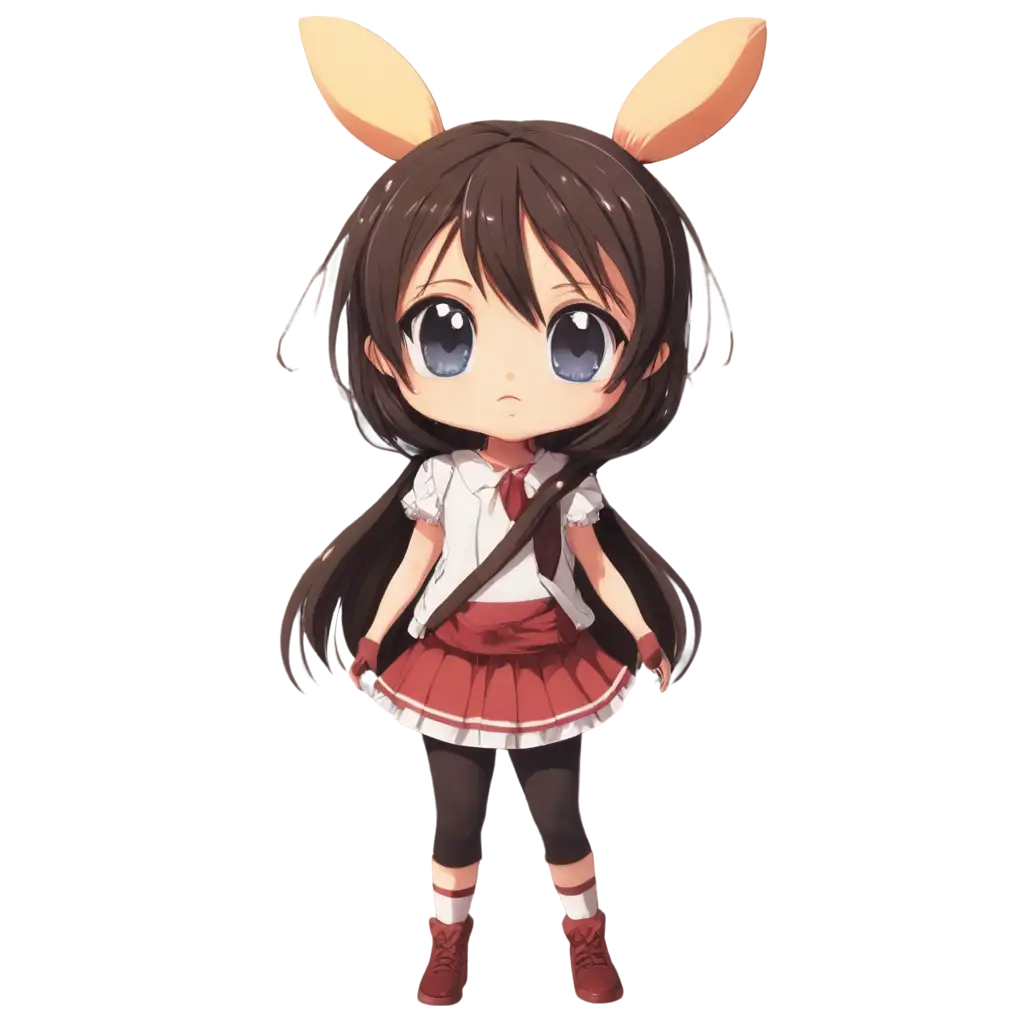
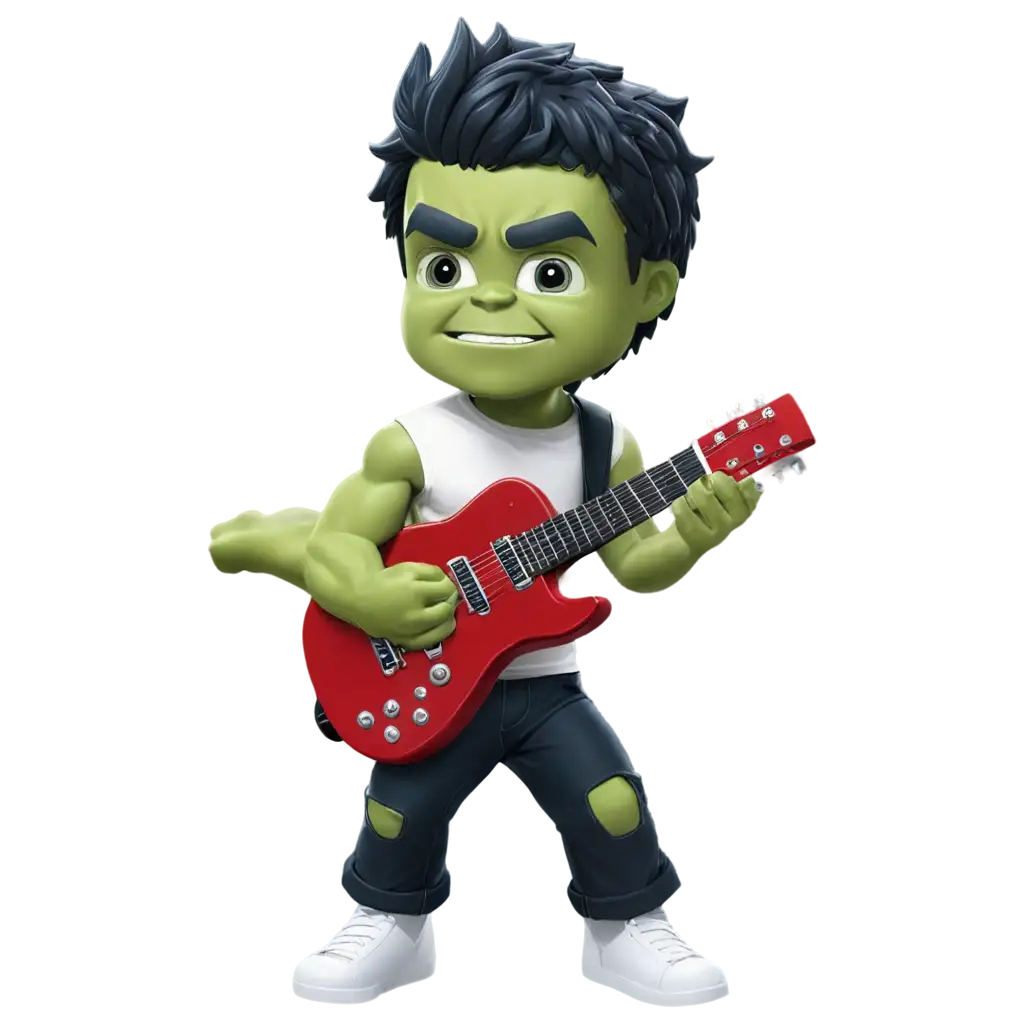
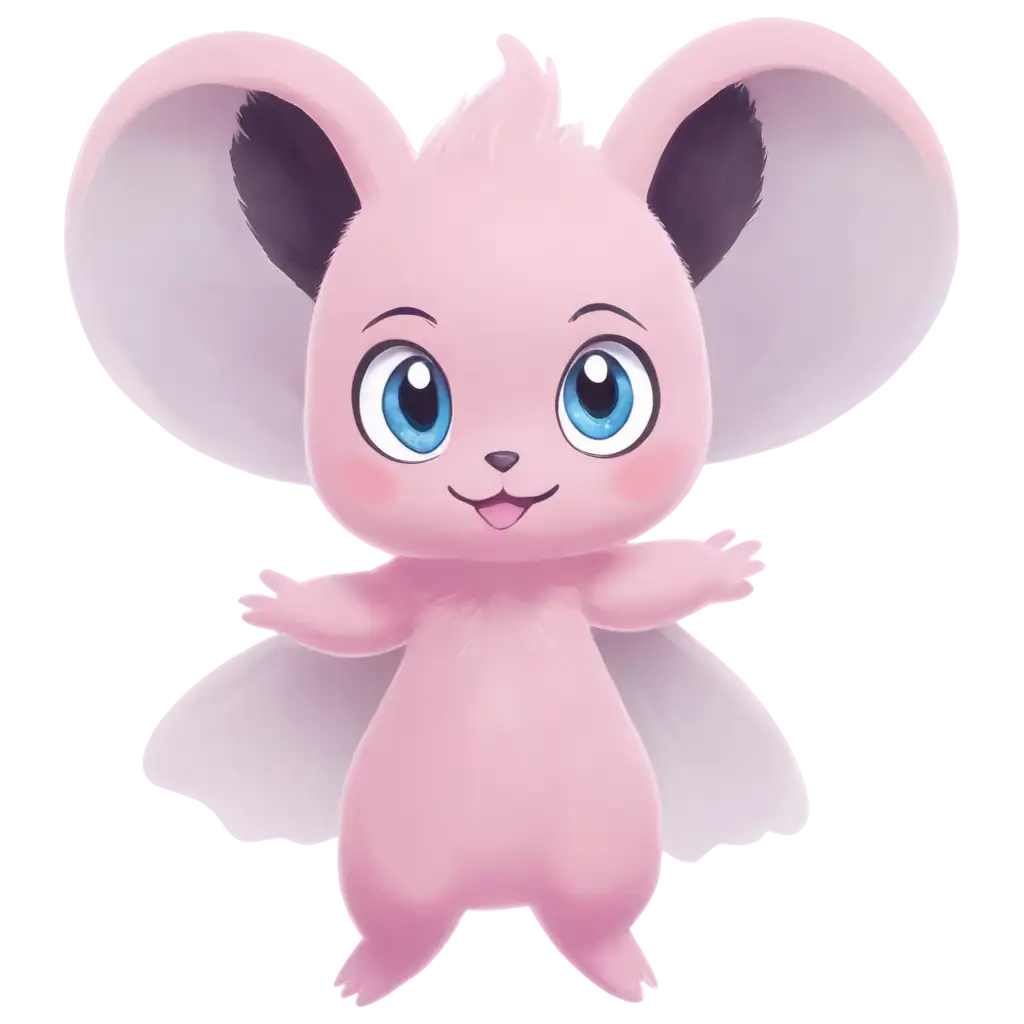
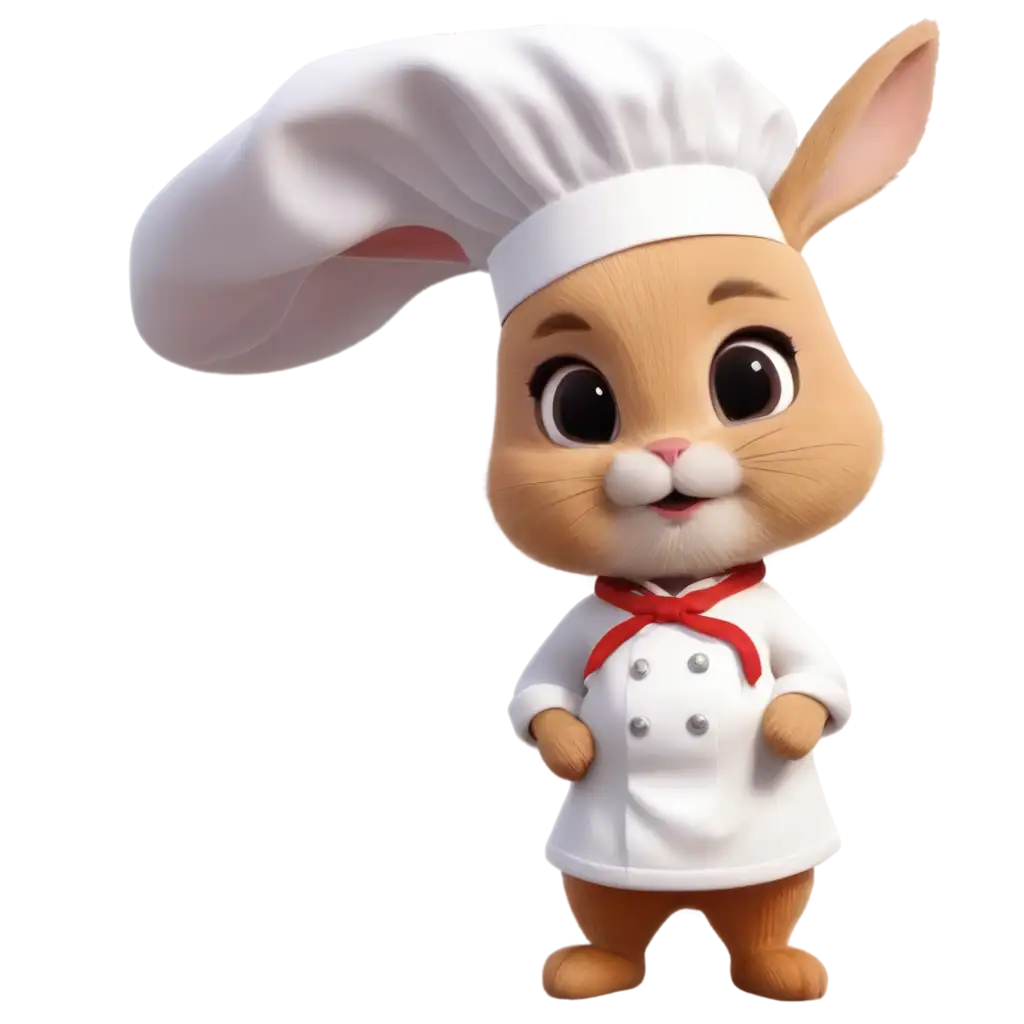
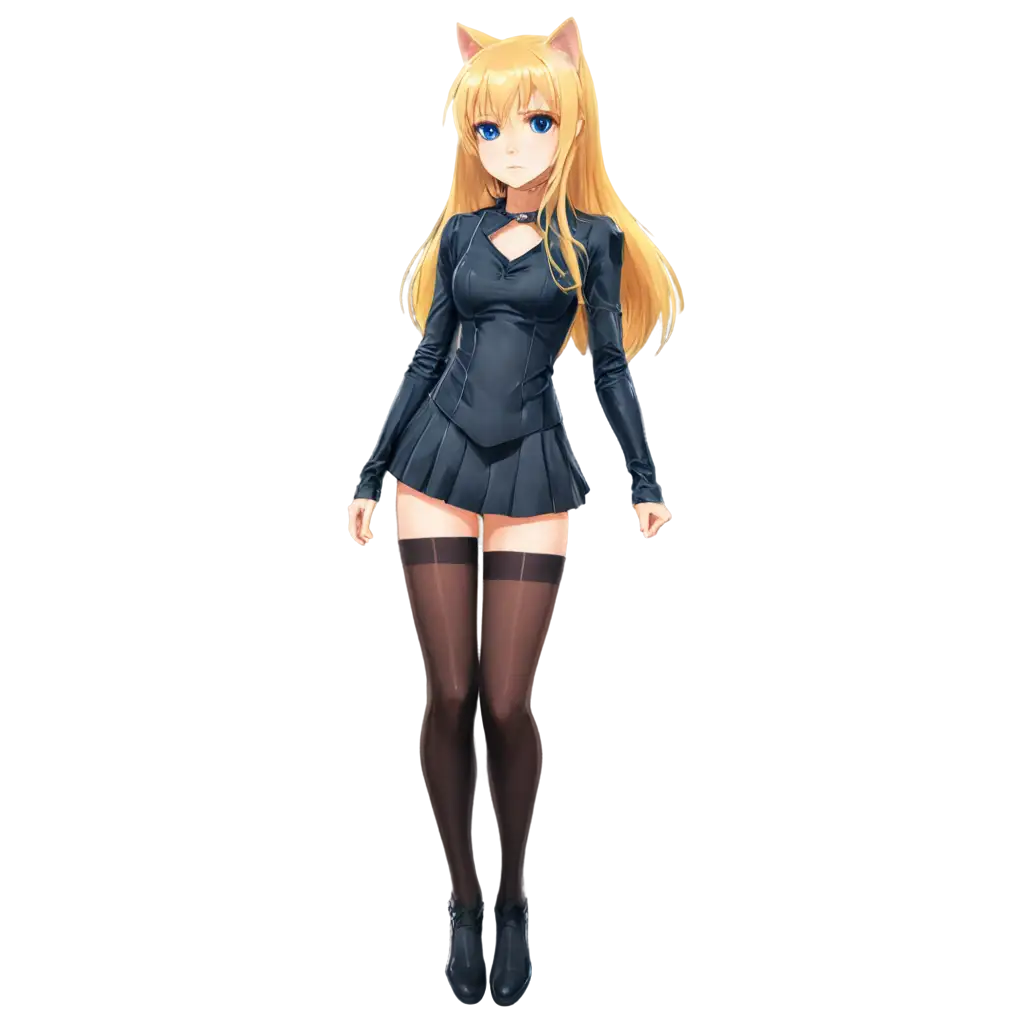
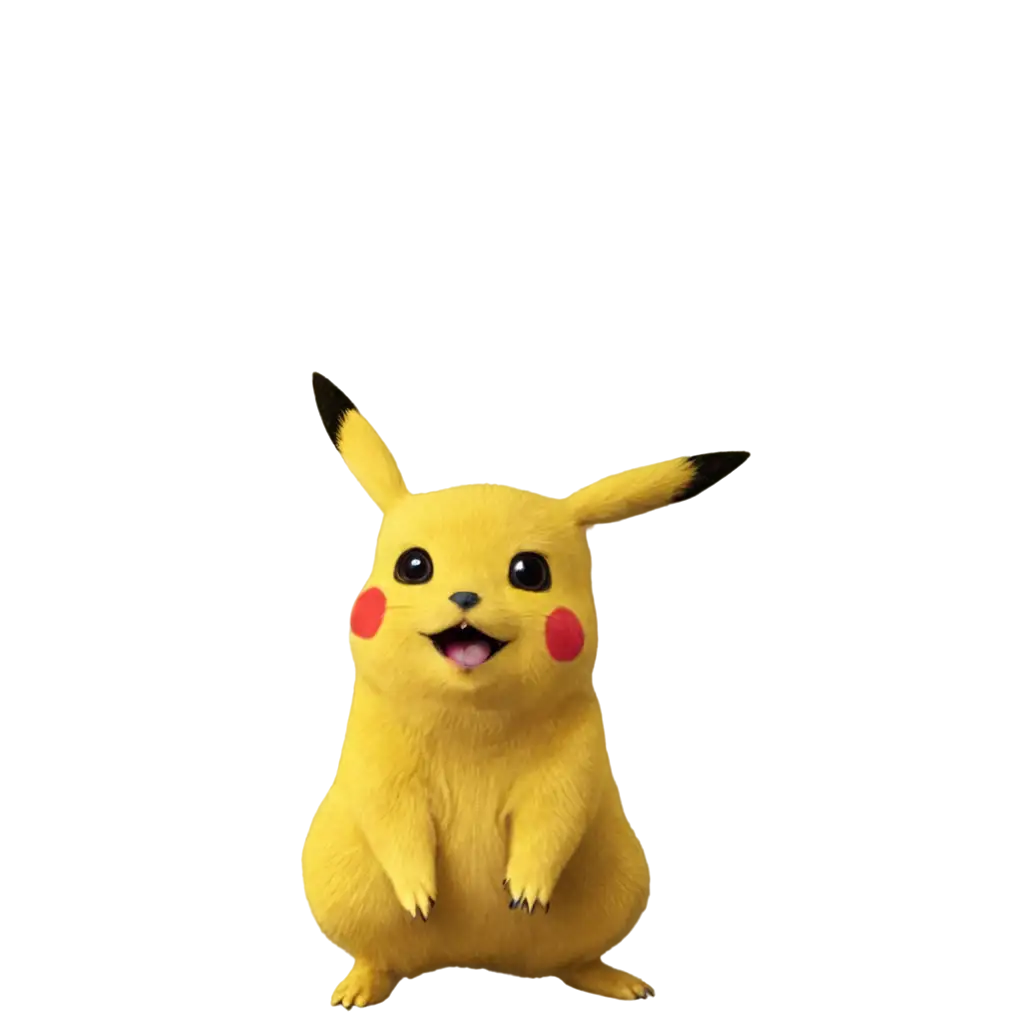
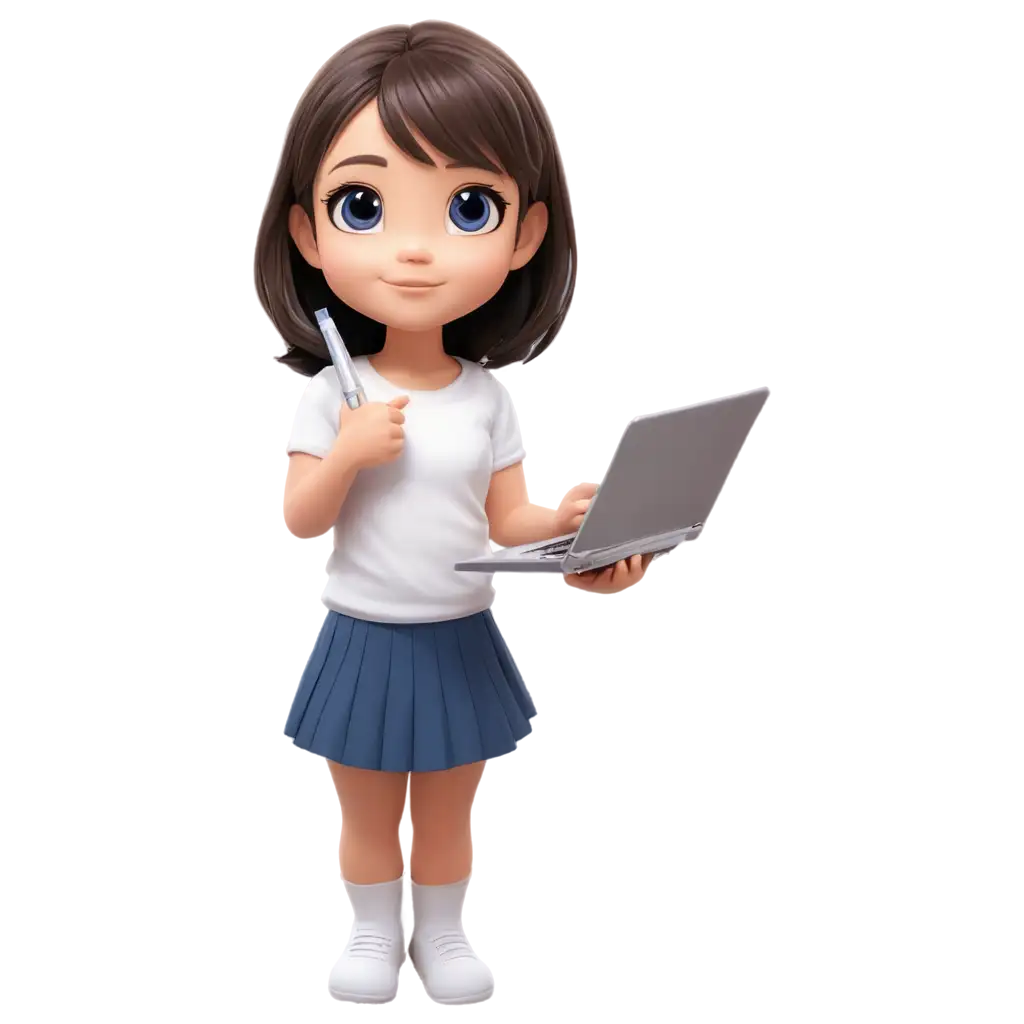
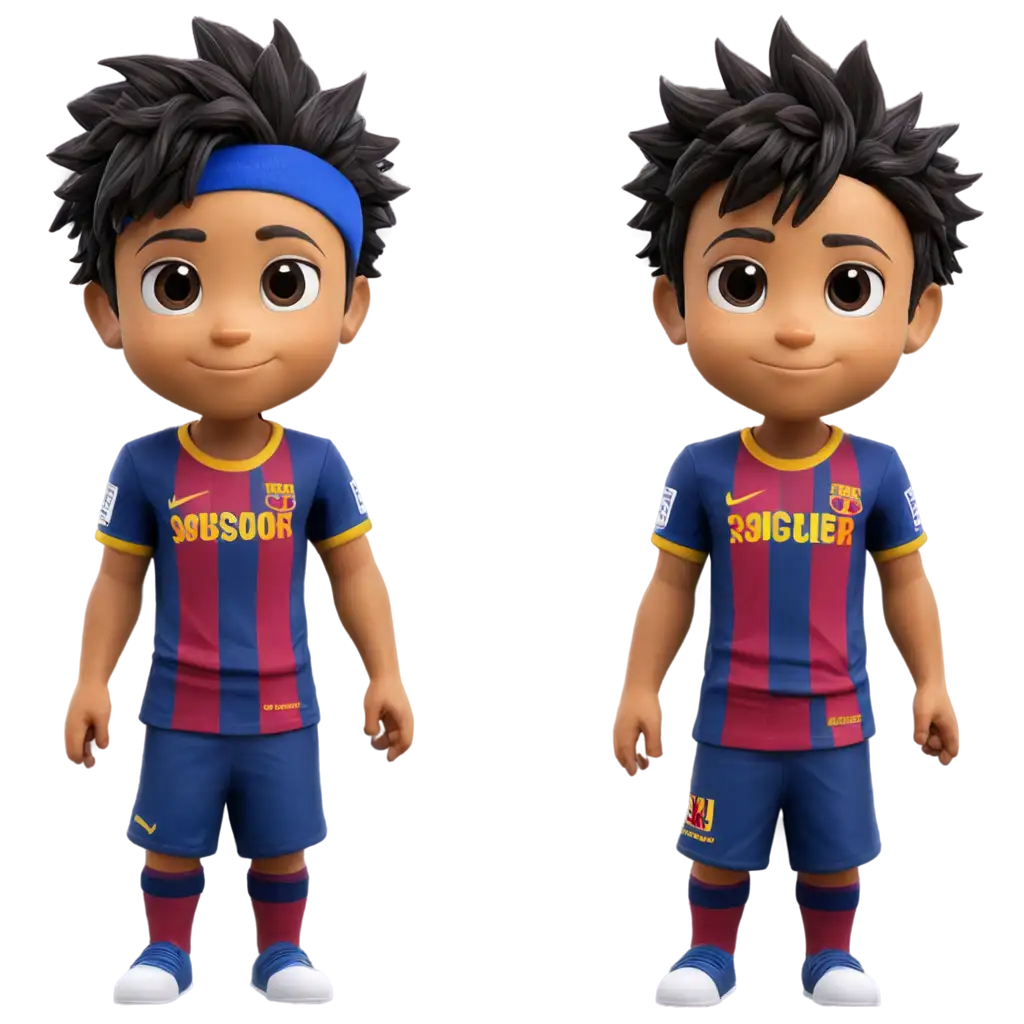
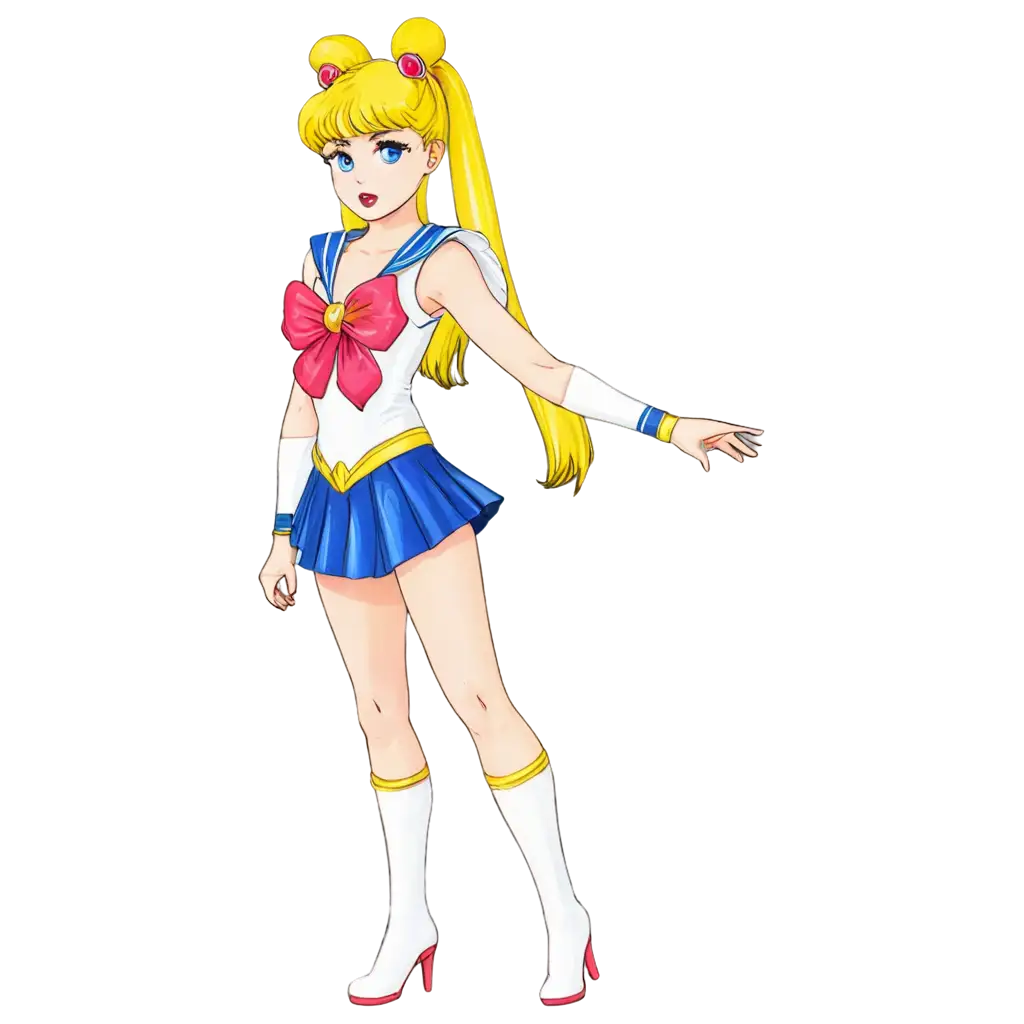
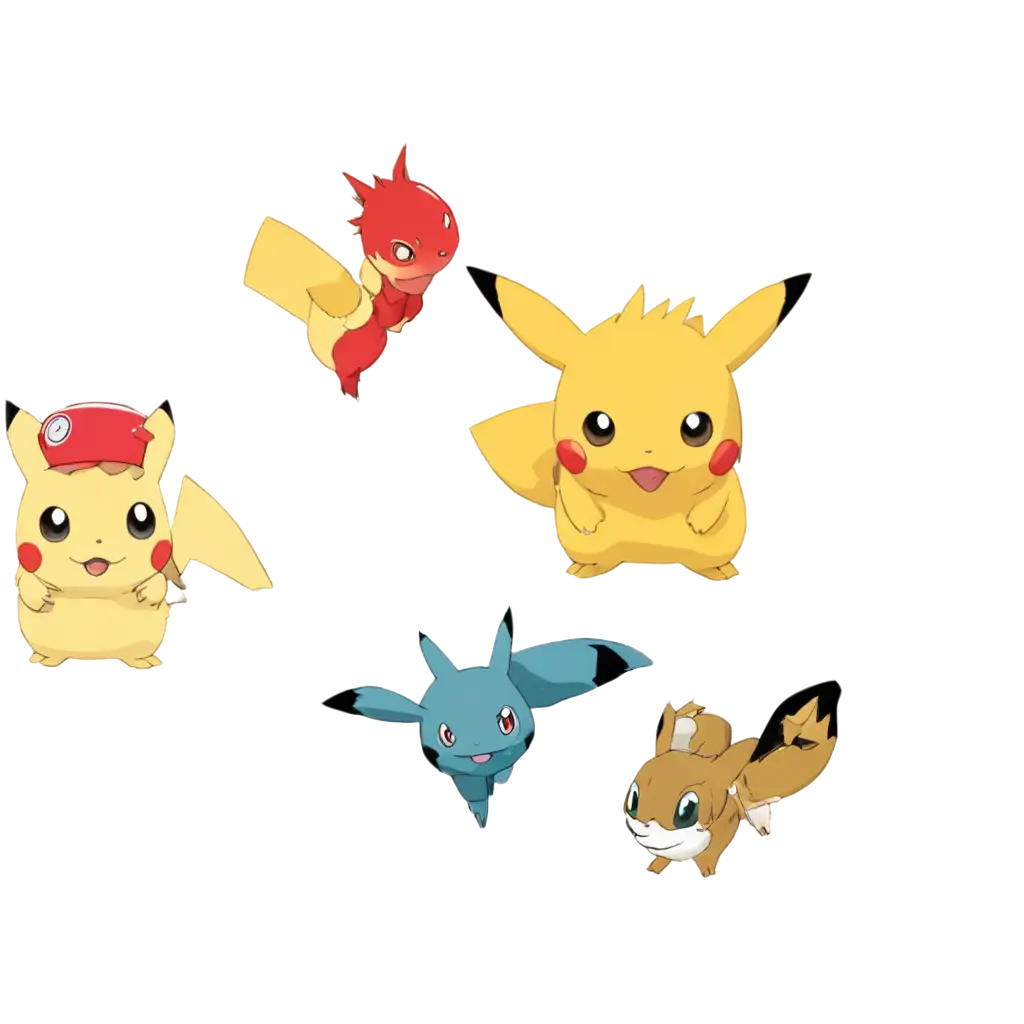
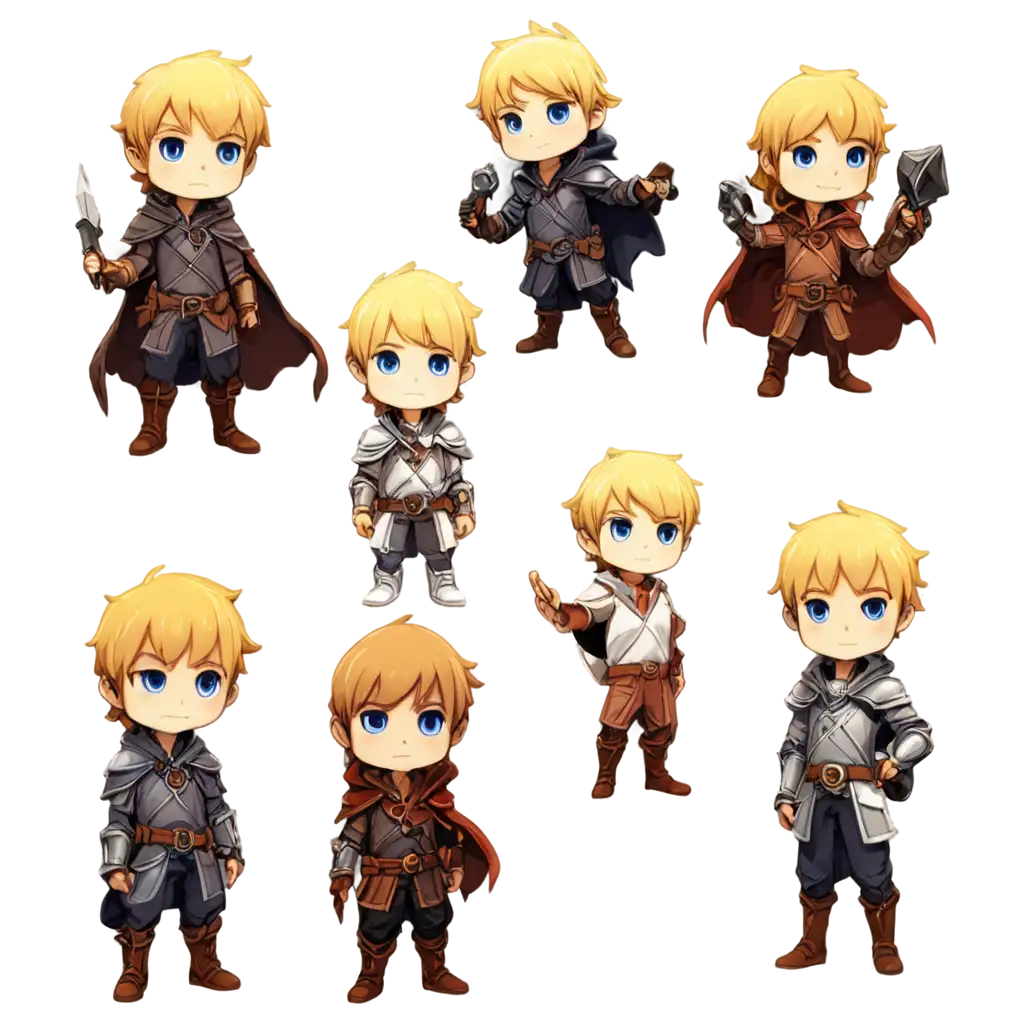
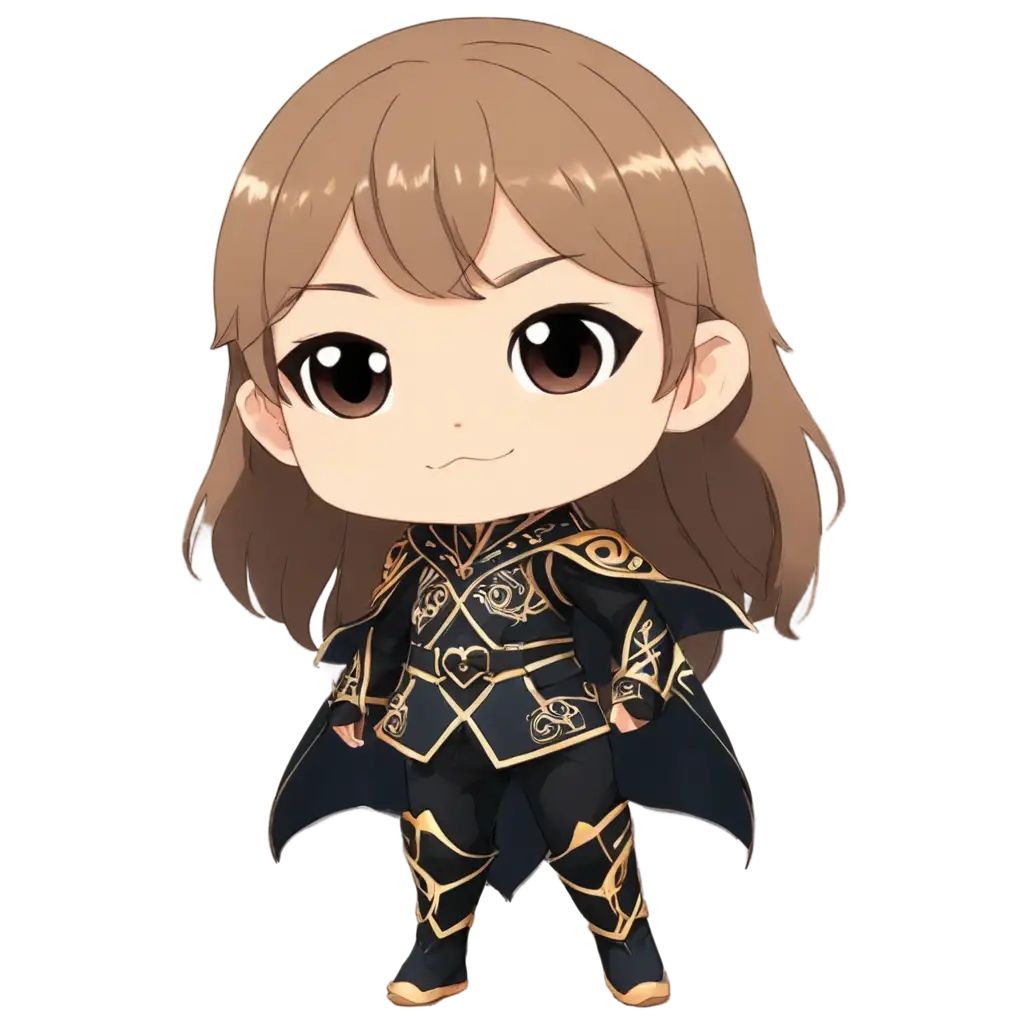
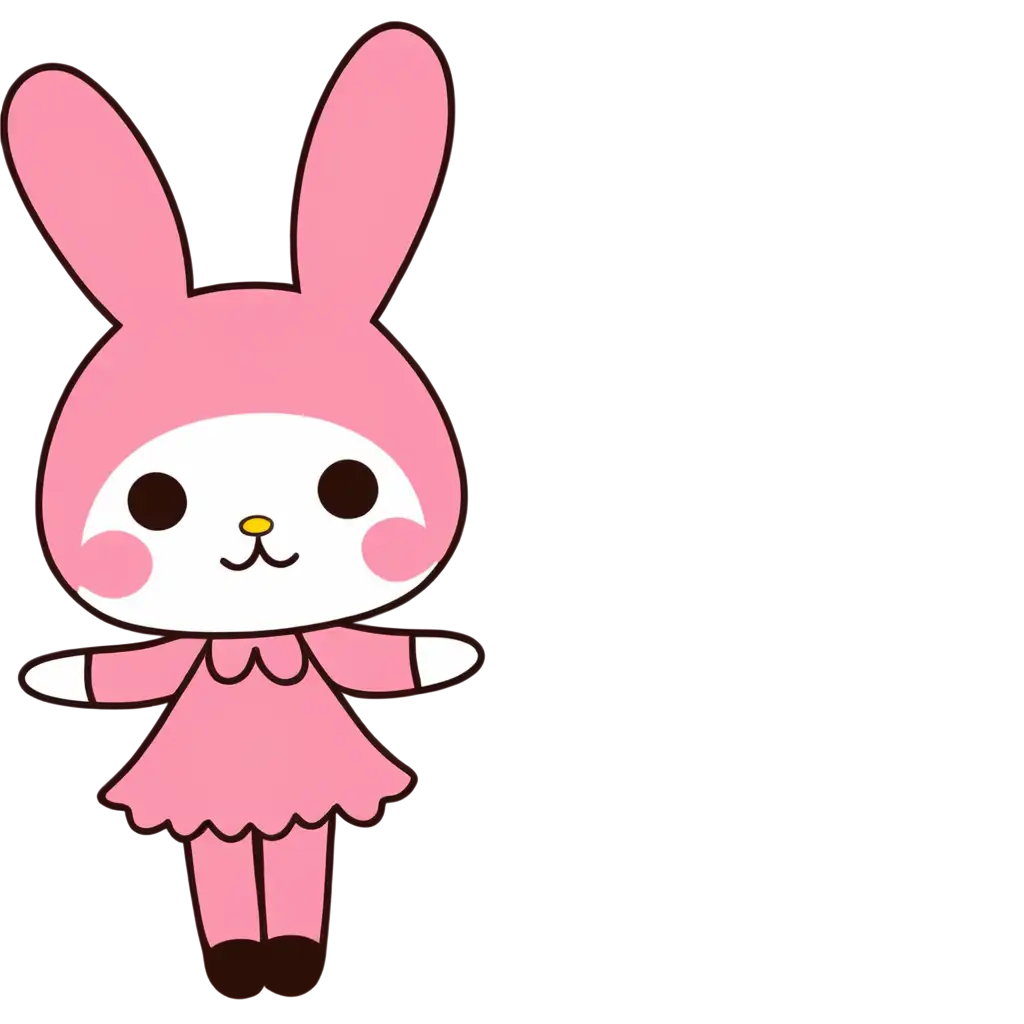
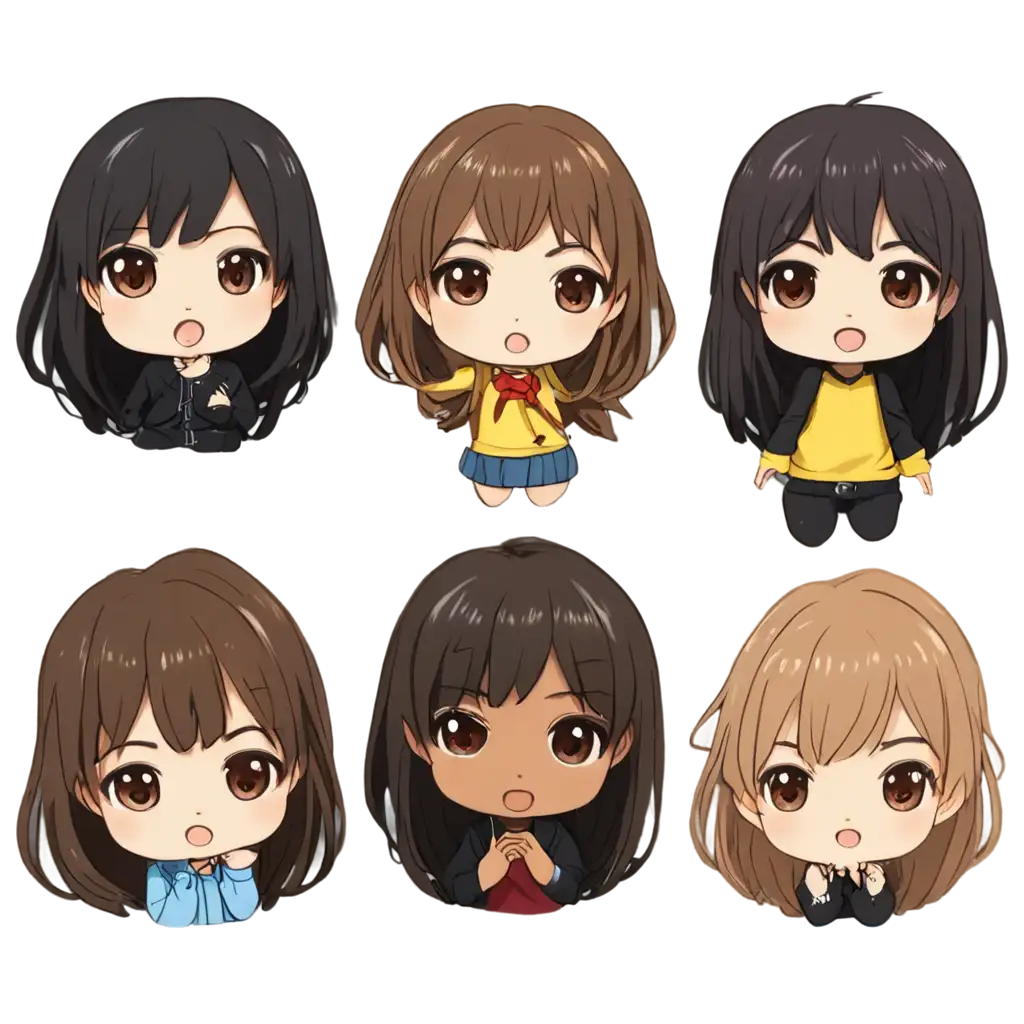
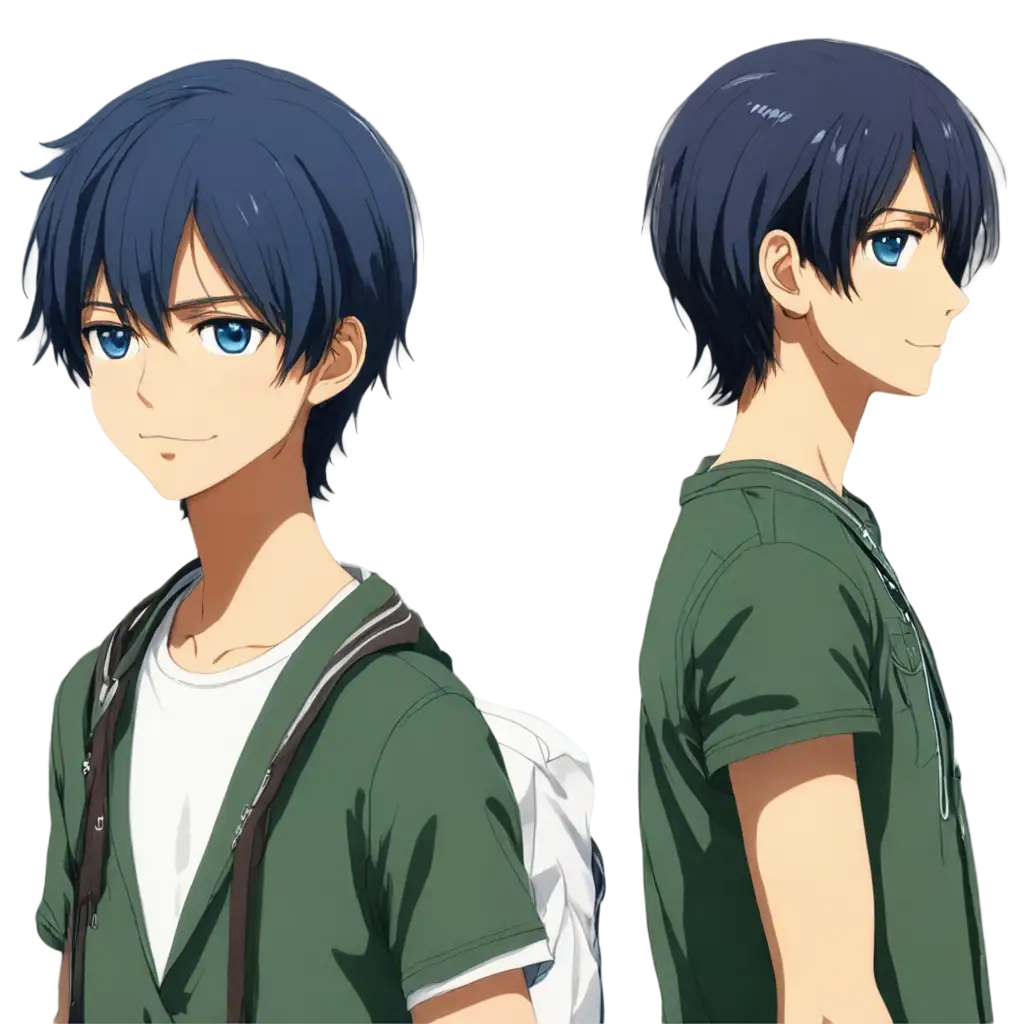
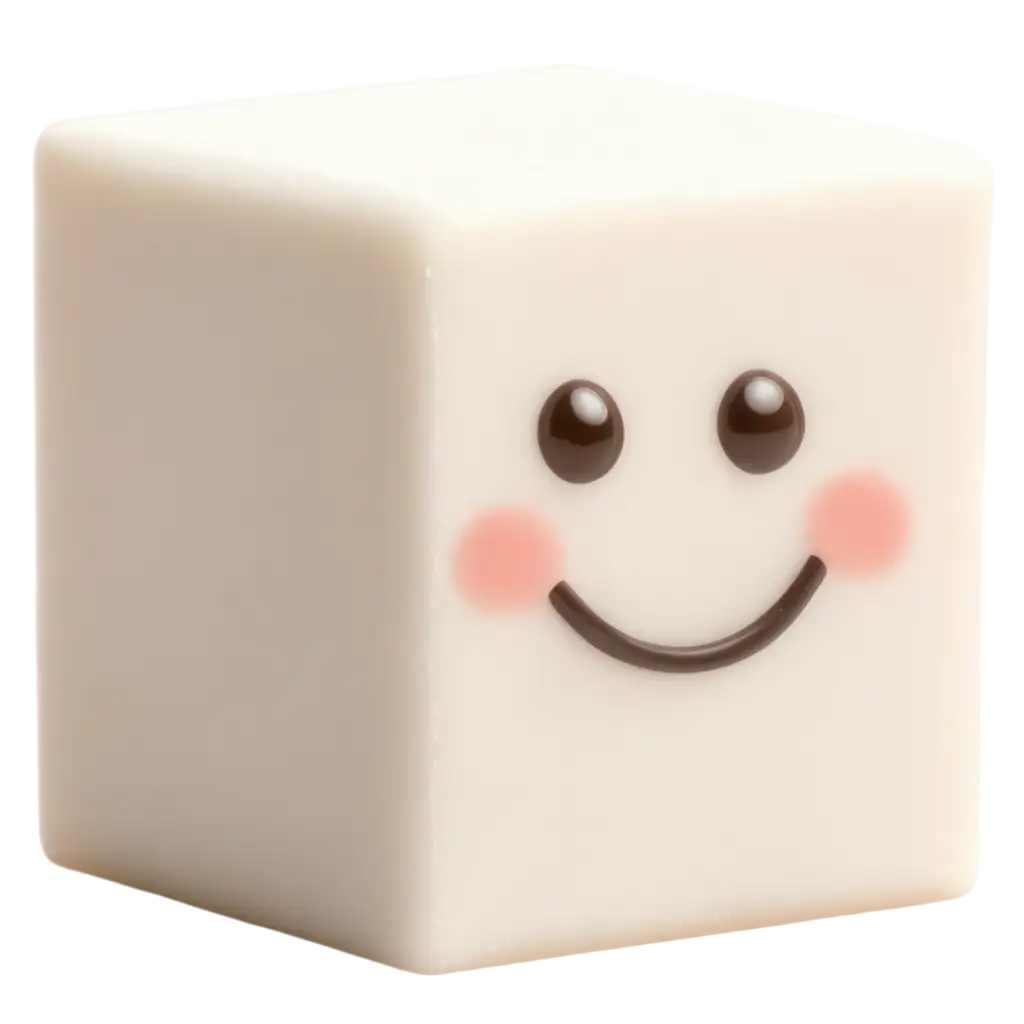
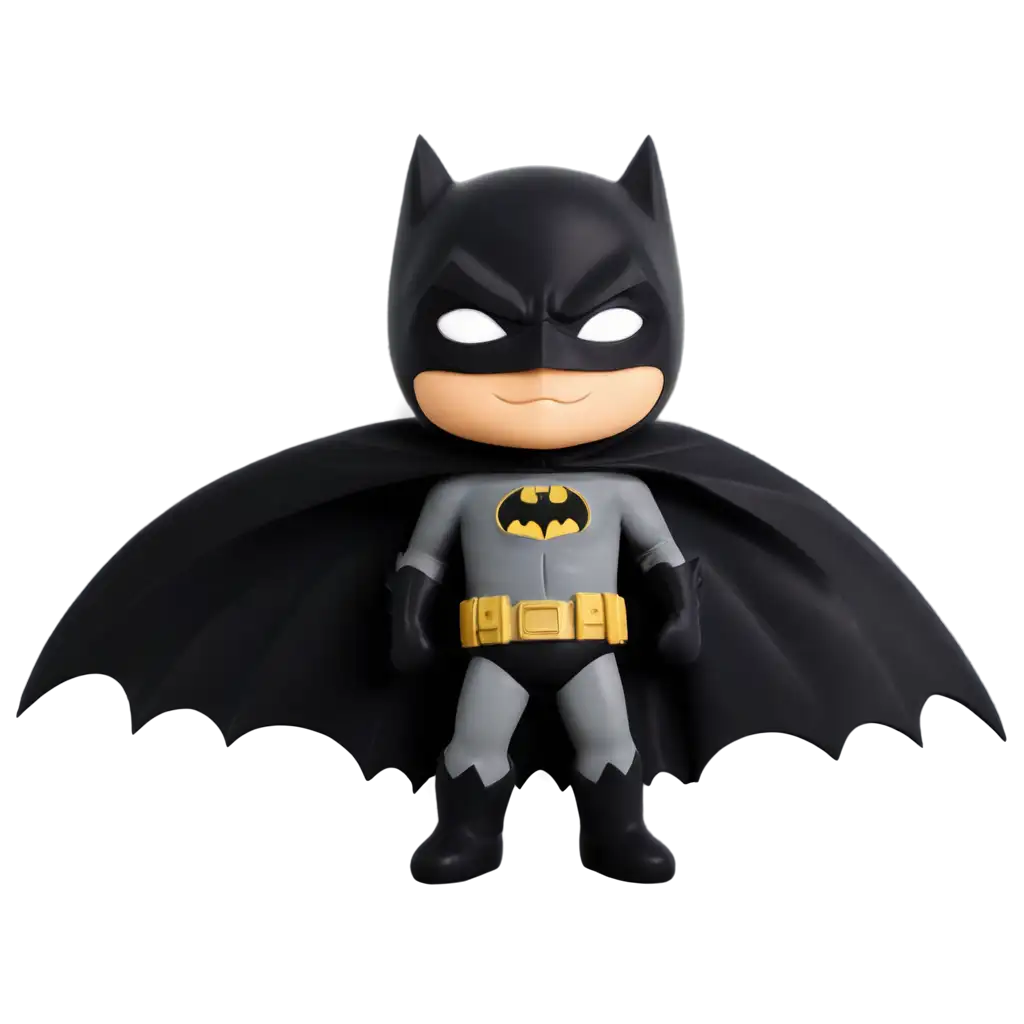
Chibi (ちび or チビ) originated in Japanese manga and anime, referring to characters drawn in an extremely cute, miniaturized form with exaggerated features. The term literally means 'small' or 'short' in Japanese, but has evolved to represent a distinct artistic style. In Chibi art, characters typically feature oversized heads (usually 1:1 or 1:2 ratio with the body), large eyes, simplified facial features, and tiny bodies. This style emerged from manga culture in the 1970s and has since become a globally recognized art form, particularly popular in fan art, merchandising, and digital illustrations. The advent of AI art generation has brought new possibilities to Chibi creation, allowing for unique interpretations while maintaining the style's core kawaii (cute) aesthetics.
Understanding Chibi Art Style: From Manga Origins to Digital Evolution
Creating compelling Chibi artwork requires understanding key design principles that define this unique style. The most distinctive features include the signature large head-to-body ratio (typically 1:1 to 1:2), oversized eyes that often take up 1/3 of the face, minimal facial details, and simplified body proportions. Colors in Chibi art tend to be bright and cheerful, with soft pastel palettes being particularly popular. Common artistic elements include rosy cheeks, simplified hair styles with exaggerated features, and super-deformed body poses that emphasize cuteness. When generating Chibi art through AI, these elements are crucial prompting points, often requiring specific attention to proportions, facial features, and the overall kawaii aesthetic to achieve authentic results.
Essential Elements and Techniques in Creating Chibi Characters
Chibi art has found widespread application across various media formats and industries. In social media, Chibi avatars and emojis have become increasingly popular for personal expression. The style is extensively used in merchandise design, from keychains and stickers to t-shirts and accessories. Video game developers often incorporate Chibi versions of characters in mobile games or as bonus content. In marketing, brands utilize Chibi mascots to appeal to younger audiences or add a cute, approachable element to their branding. The rise of AI-generated Chibi art has expanded these applications, making it easier for creators to produce consistent, high-quality Chibi illustrations for various purposes, from personal projects to commercial applications.
Popular Applications and Uses of Chibi Art in Modern Media
As AI art generation technology continues to evolve, the future of Chibi art looks increasingly dynamic. Machine learning models are becoming more adept at understanding and replicating the nuanced characteristics of Chibi style, from proportions to artistic elements. Recent developments in AI art generation have shown improved capabilities in maintaining style consistency while offering creative variations. Emerging trends include the integration of 3D modeling with Chibi aesthetics, enabling more diverse applications in animation and virtual reality. The combination of traditional Chibi art principles with AI innovation is opening new possibilities for artists and creators, while maintaining the charm and appeal that makes Chibi art unique.
The Future of Chibi Art in AI Generation